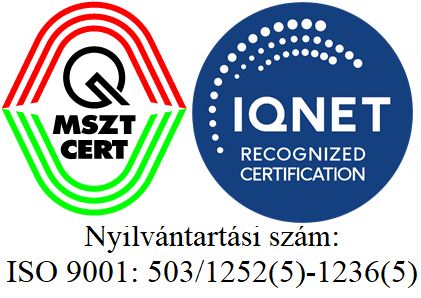HAEA joined the INEX-5 international nuclear emergency preparedness exercise
2016.03.22
On 16th March, 2016 international nuclear emergency preparedness exercise took place with the participation of Slovenia, Croatia, Italy, Austria and Hungary based on the scenario of a severe sleet happened in Slovenia, causing a critical situation in the country, threatening the Krsko Nuclear Power Plant. Beside the organs of the Directorate General for National Disaster Management, the HAEA Emergency Response Organization was also activated: our experts helped the decision makers by providing analysis and proposals.
The main goals of INEX 5 are to allow
participating countries to test or identify elements for improving their
arrangements for notification, communication and interfaces related to
catastrophic events involving radiation or radiological materials, and
to exchange experience with other countries that have conducted
and evaluated an INEX 5 exercise. To meet these goals, the following common
key objectives have been set:
- Test and investigate the adequacy of national arrangements (including national coordination and communication), and where appropriate international arrangements for notification, communication and obtaining and managing international resource support to respond to a severe contamination event;
- Review and share information on approaches to notification and communication processes in order to identify good practice and to allow review and improvement of local, national and international arrangements;
- Identify
key areas and approaches to international coordination and communication
in order to provide a basis for improvements in international emergency
management systems.
The exercise was completeled professionally, it has proven that the flow of information was smooth and the communication on national and international level worked well. Report about the lessons learnt is going to be sent to the OECD NEA.



 ©HAEA - All rights reserved
©HAEA - All rights reserved